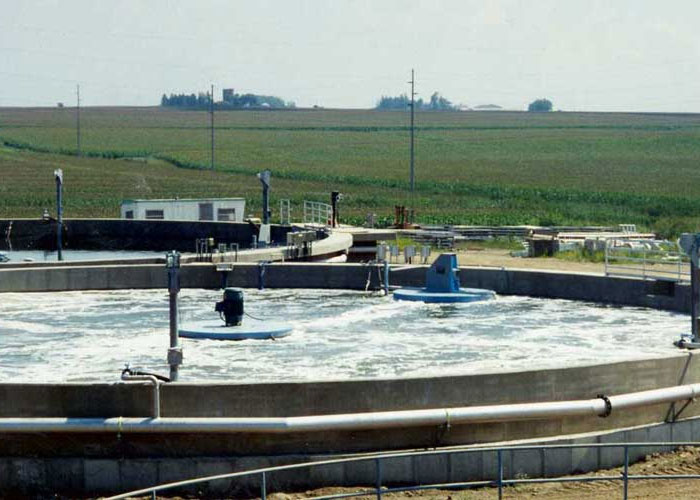Wastewater treatment involves different processes, including primary and secondary treatment. The primary treatment process includes settling tanks and screens to remove solids from wastewater. Solids represent about 35 per cent of the pollutants in wastewater. The screens have openings as small as 10 millimetres, which allow them to remove the larger particles. These particles are then removed from the wastewater and disposed of at landfills.
Depending on the location of your home, you might have to purchase an STP to handle your sewage. Generally, residential buildings need at least one STP to treat sewage. Many STPs are located underground, making them difficult to maintain. Moreover, you may not be able to inspect them without hiring an expert. It is better to consult a professional if you have any doubts about the process.
Secondary treatment
Secondary treatment is a process for reducing suspended solids and soluble organic matter. It typically involves biological processes. The biological processes are carried out by microorganisms, which consume organic impurities and convert them into energy. Sewage treatment plants provide a suitable environment for this process. This process reduces the amount of suspended solids, biological oxygen demand and plant nutrients and helps maintain the dissolved oxygen balance in receiving waters.
The degree of treatment differs from one area to another, and governmental standards also vary. The primary purpose of effluent and stream standards is to prevent water quality degradation. These standards set limits for specific pollutants based on their classification as "maximum beneficial use". They control the amount of dissolved oxygen, suspended solids, acidity, coliforms, and biochemical oxygen demand.
Aerobic biological treatment

Aerobic biological treatment is a type of wastewater treatment that breaks down organic waste in the presence of oxygen. The process requires 1.4 pounds of oxygen per pound of volatile suspended solids. The process converts the waste products to water and carbon dioxide. Depending on the ratio of food to microorganisms, part of the energy produced is used in the reproduction of new bacterial cells, and part is converted into end products.

Temperature and BTW have significant impacts on wastewater treatment. They can alter the activity of microorganisms, water quality, and the water's usefulness for human use. The increased temperature changed the fish species in the wastewater and the amount of oxygen adsorption and solubility. These changes also affected the rate of gas transfers into the water.
Screening and grit removal
The screening and grit removal process is a pretreatment step in wastewater treatment. It is a process that makes wastewater compatible with subsequent treatment processes, including filtration, sedimentation, and comminution. It also removes grit and solids, reducing the suspended solids load downstream treatment. However, screening and grit removal does not remove discrete pathogens, and downstream treatment processes will be required to remove pathogens.
The primary objective of screening is to remove large, objectionable solid matter from wastewater, thus preventing head loss and impairing downstream processes. The material is then buried or incinerated to avoid the potential for further contamination. In some cases, screening may be followed by comminuting, which is a process that acts like a giant garbage grinder and homogenizes the solids. This step contributes to the treatment facility's organic load, often the preferred method.
Chemical treatment
Wastewater is a natural resource that can be treated through various chemical methods. Some of these methods include soil treatment, where pollutants are inactivated by the soil and removed from the water. These methods are used for a number of industrial and agricultural wastewater. However, the effluent produced is not significantly reduced compared to its original quantity. In some cases, additional treatment is necessary to ensure the water is clean enough to drink.
Aside from causing environmental harm, wastewater can also harbour disease-causing organisms. The pathogens in wastewater can cause disease in people through direct contact with the water or food. Other contaminants in wastewater include heavy metals and toxins that can affect health. Some of these organisms can be carriers of infectious diseases that cause respiratory and skin infections. Some scientists believe that wastewater can contain hundreds of disease-causing microorganisms.
Composting
The Composting process effectively recycles organic matter in landfills and repurposes it for new purposes. This helps prevent waste from overcrowding landfills and reduces the risk of landfill blowout. It also enriches the soil with beneficial nutrients. Biosolids derived from composting wastewater are rich in essential nutrients that promote the growth of healthy plants and green grass.







































Share Post